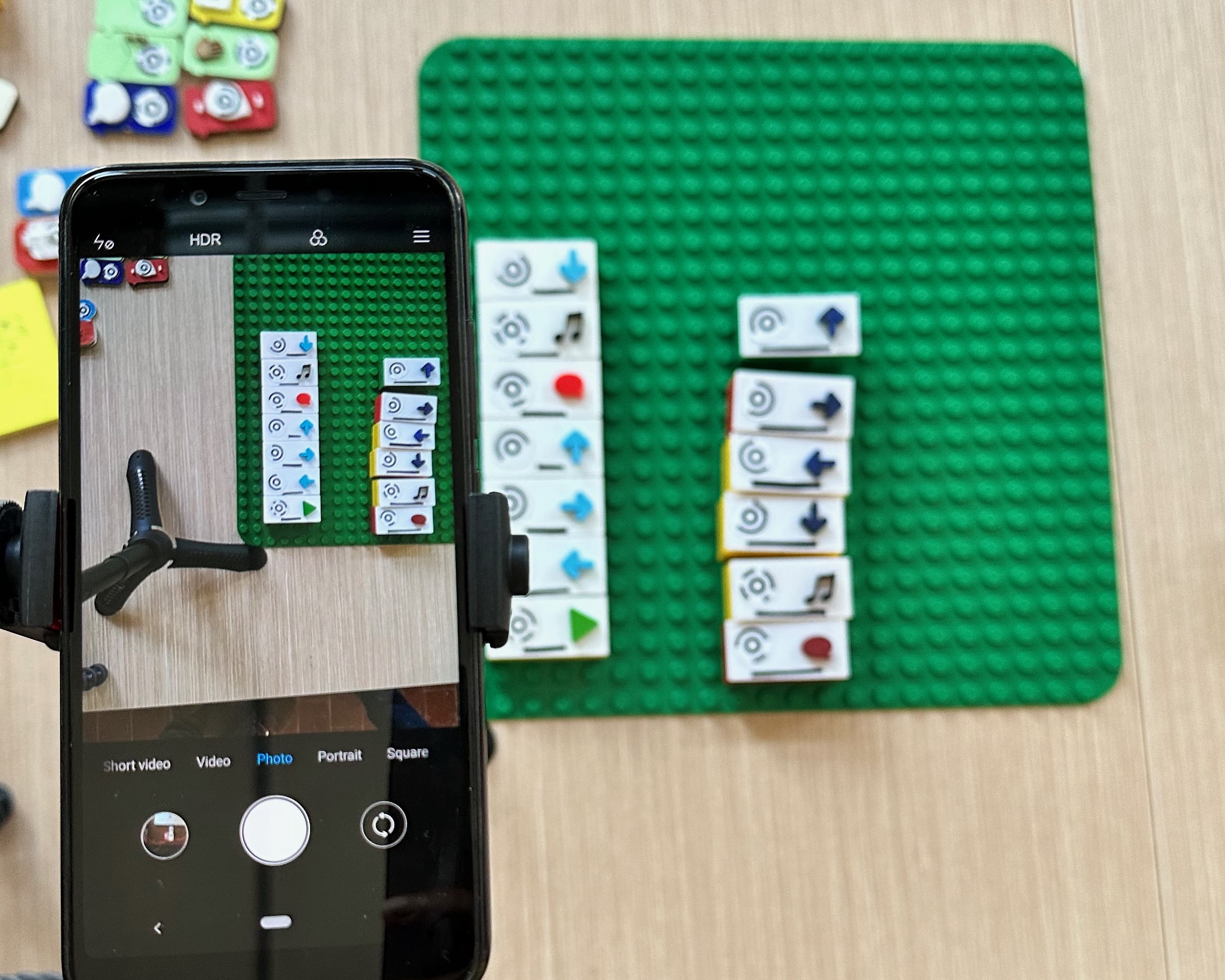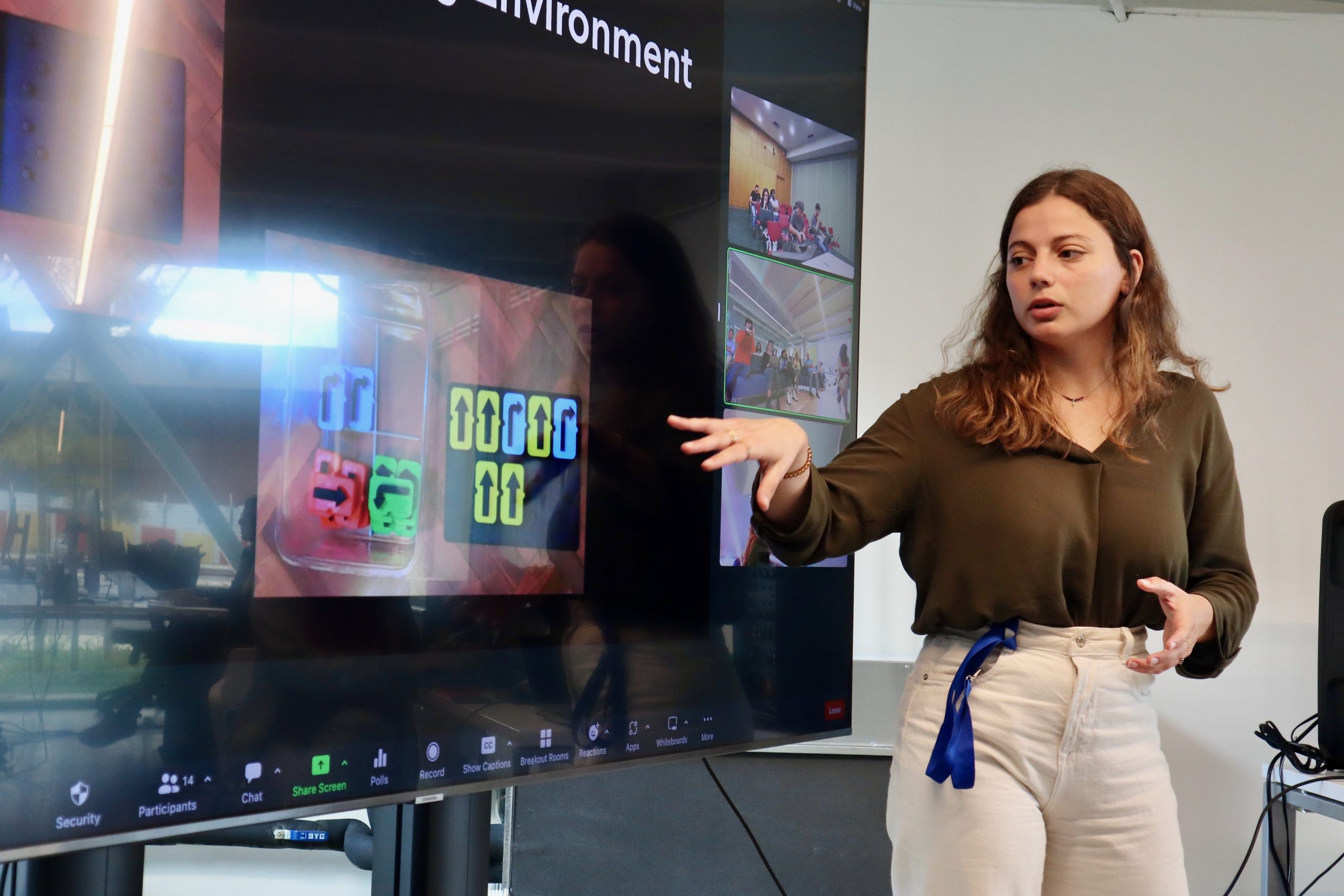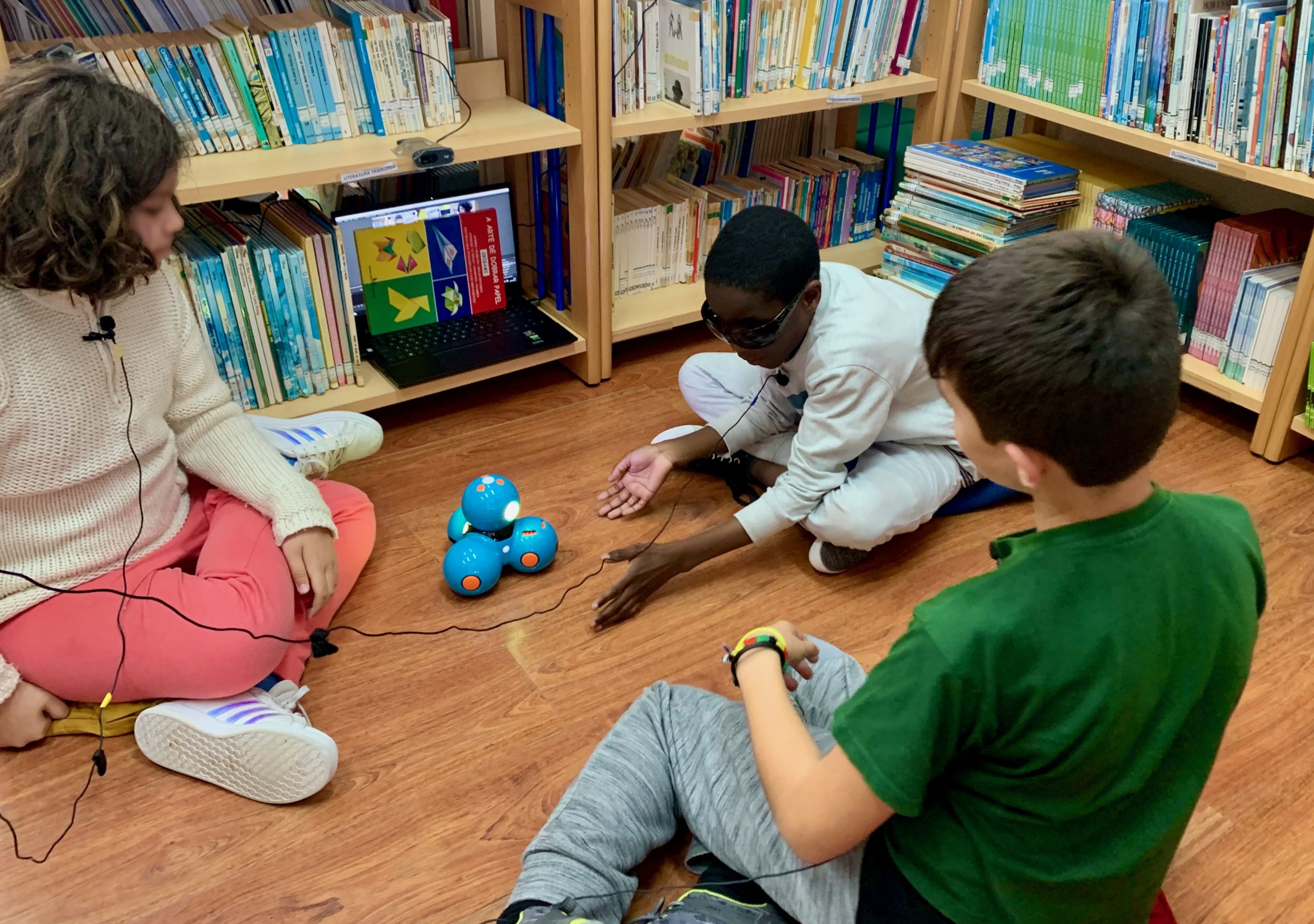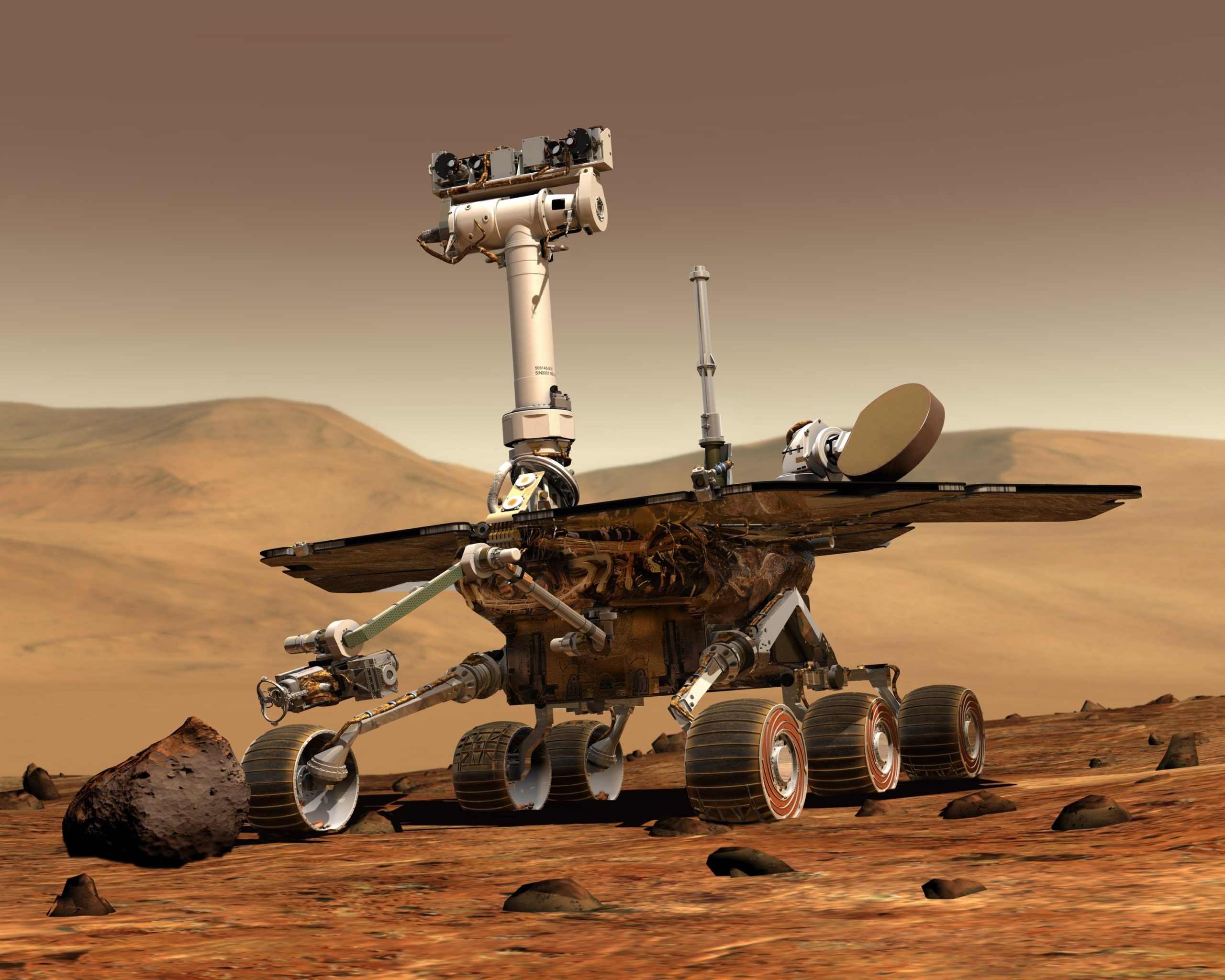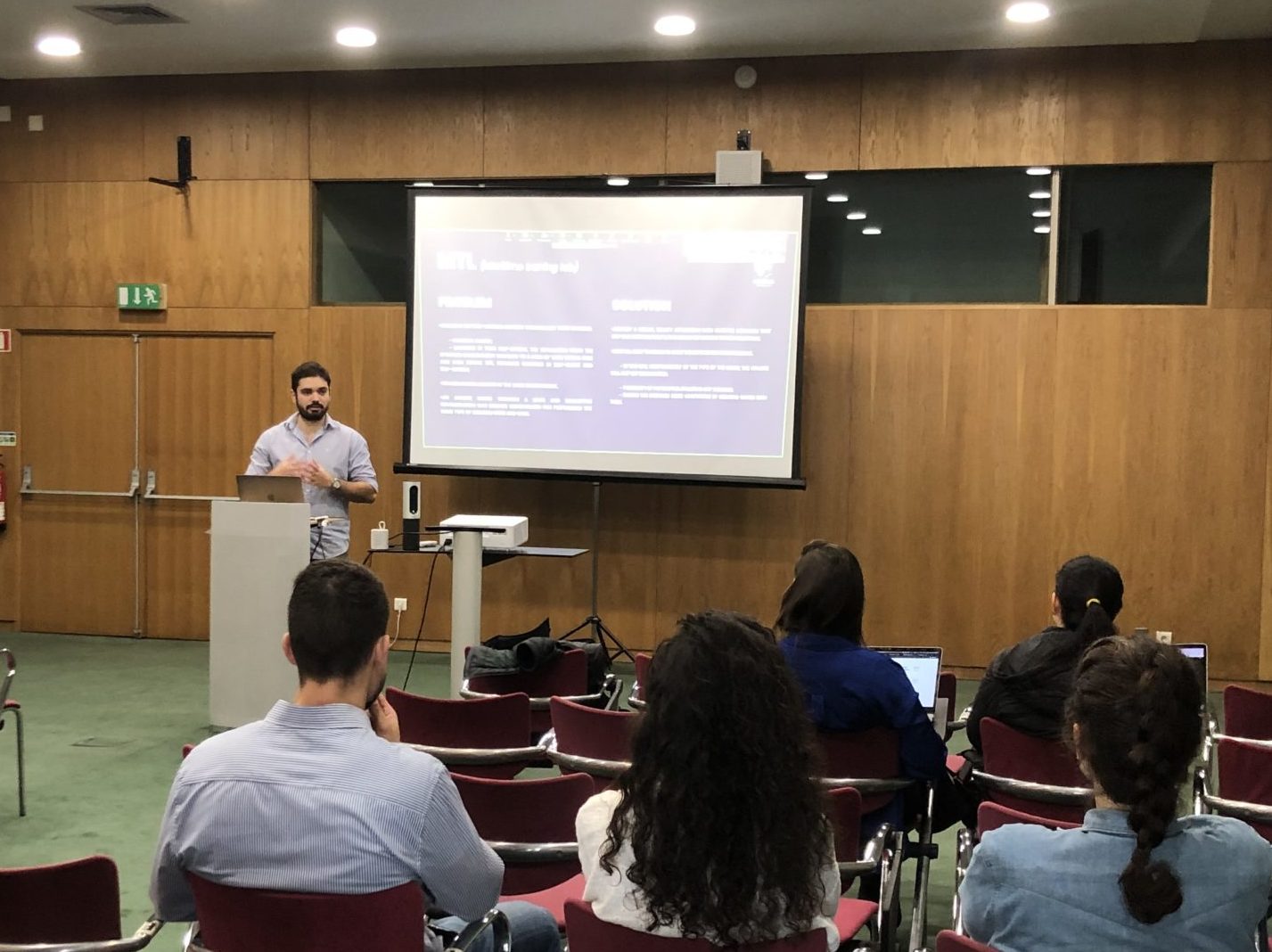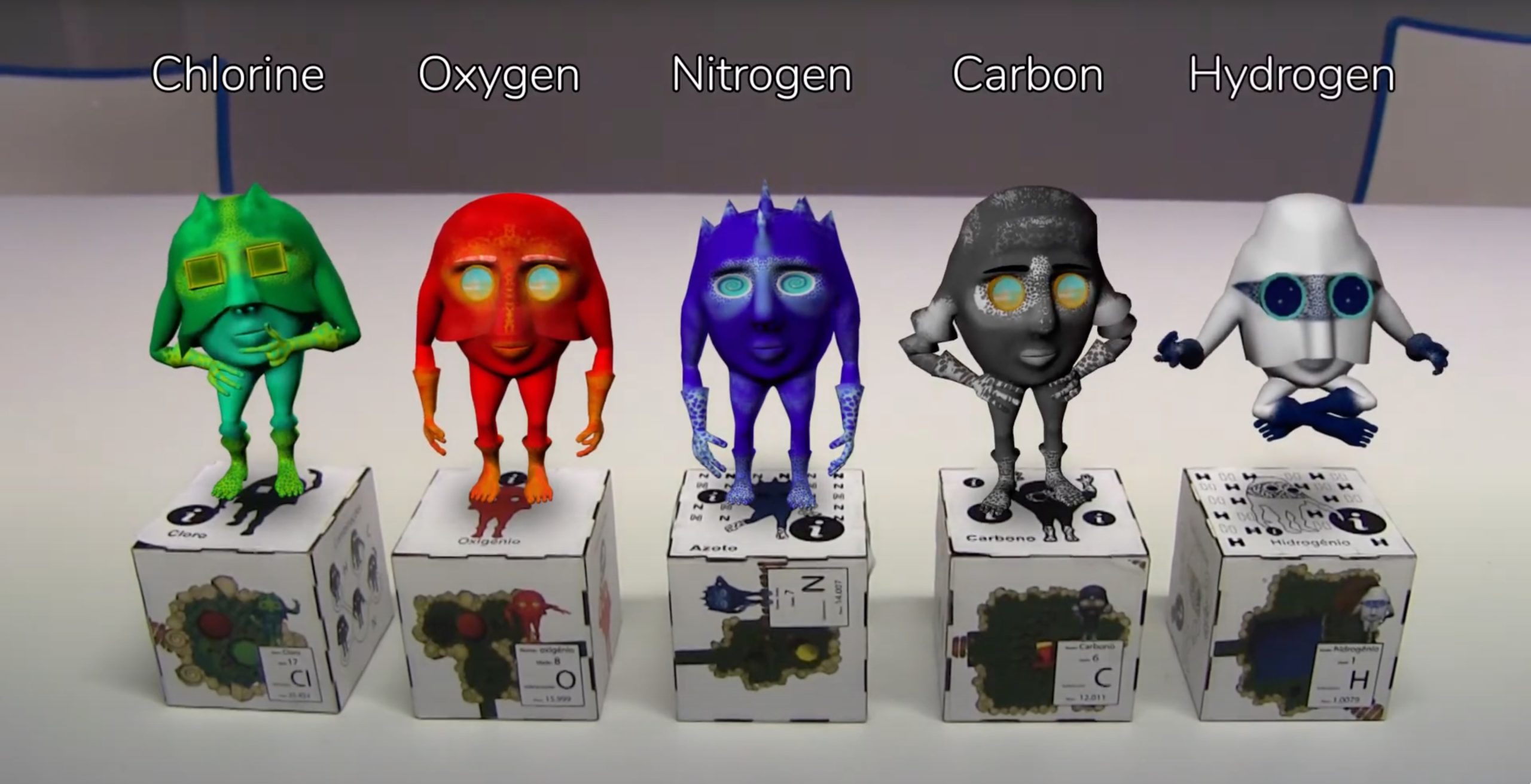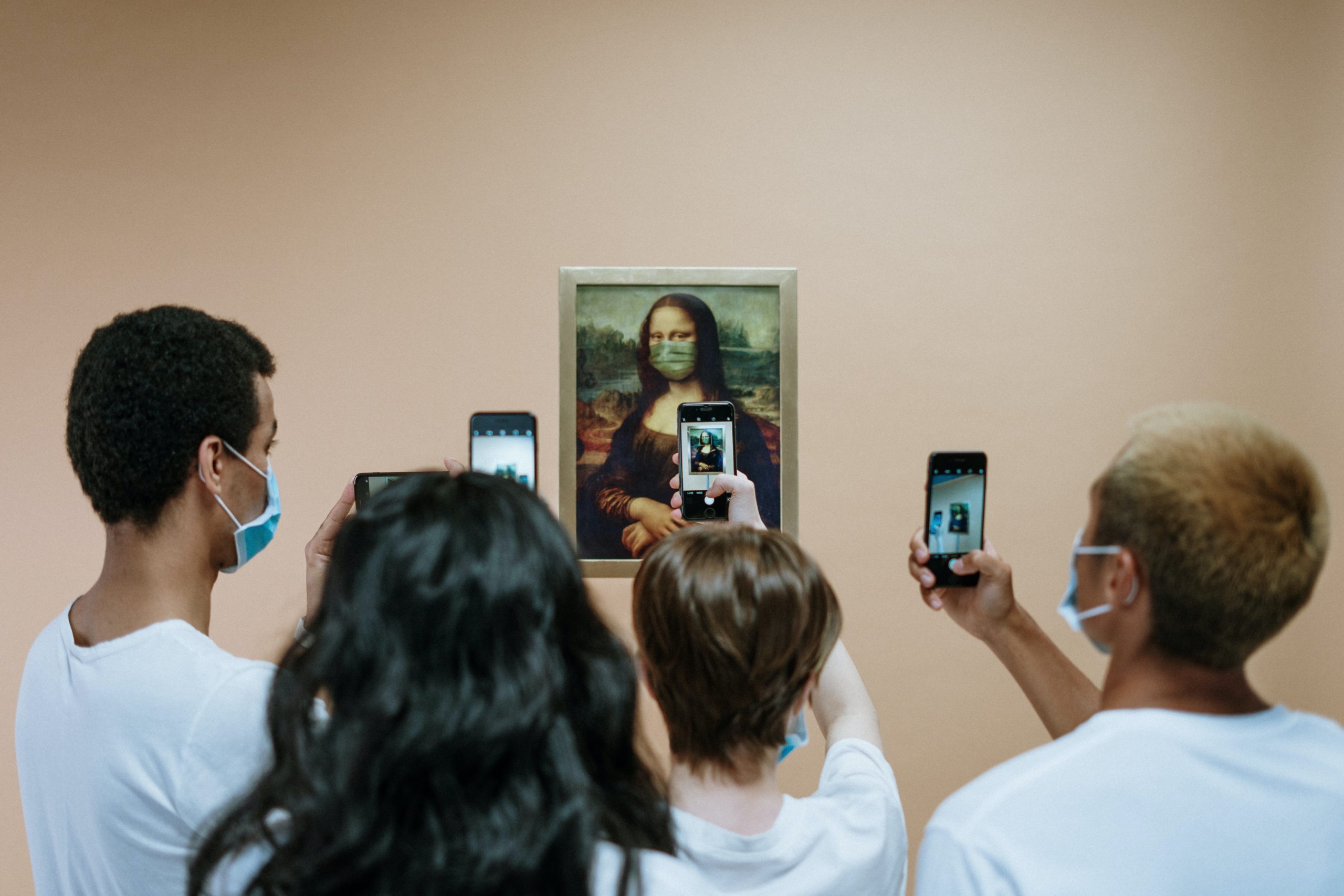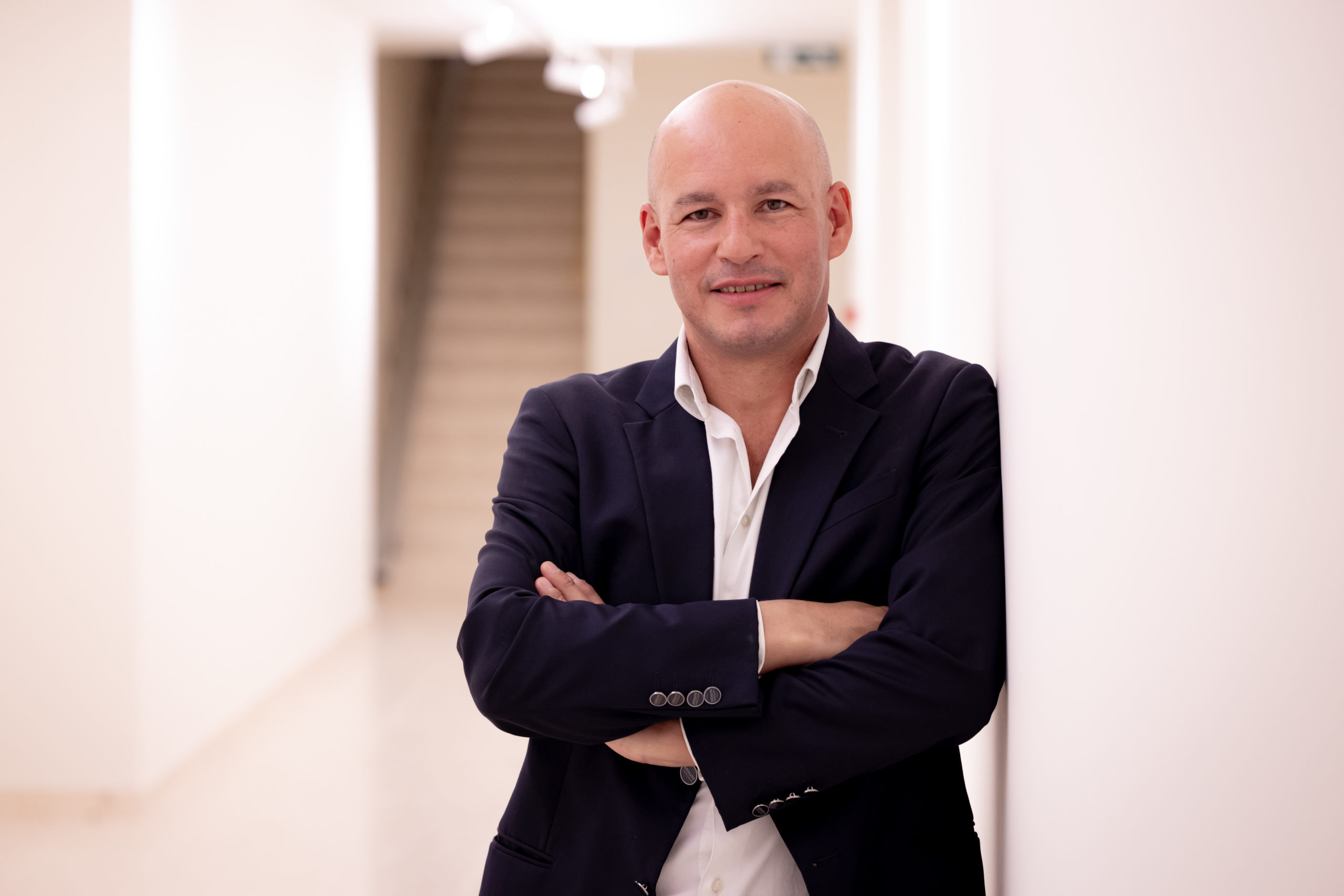The Interactive Technologies Institute wants to allow young students to experience the field of Human-Computer Interaction, contributing to their academic excellence from an early stage. Therefore, we invite highly-motivated students to apply for a research assistant position running this Summer. We offer 12 Summer Internships (BIIC) starting on June 1, 2023, with a fixed duration of 3 months.
The Summer Internships program is open to all undergraduate or master’s students. It offers them opportunities to engage in scholarly research with accomplished scholars and peers and ample opportunity for interaction among students and faculty.
Students are advised to read the projects carefully and contact the responsible supervisor for additional information. For more information and application guidelines, please visit https://ist-id.pt/concursos/bolsas/ and check the call BL142-IST-ID. Below we list the different research summer internships available.
1. Frontend for energy communities simulator
The PROCSIM system was developed in Python 3 and allows the simulation of energy communities. An energy community is made up of several consumers who may also have some source of renewable energy. The PROCSIM system is open-source and can be found in the following repository. Please check the additional documentation and usage examples.
This internship aims to develop a frontend for this simulator. The frontend should allow implementation of all existing features to generate communities and allow viewing of the results of the generated communities. The system should be developed in Python 3 to be fully compatible with the existing platform. The programming language to use will be Python, using PySide6.
Interns will carry out the work at the Interactive Technologies Institute, in Funchal, under the supervision of Dr. Lucas Pereira and Research Assistant Nuno Velosa.
Student profile: The students must have a solid software engineering background and excellent programming skills, preferably using Python3. The candidate should also be an eager learner and a very proactive person.
2. Frontend for machine-learning toolkit for remote soil monitoring
The TerraSenseTK (TSTK) toolkit was developed to facilitate the execution of machine-learning experiments for remote soil monitoring. This system works from remote images, in this case, satellite, and offers a clear separation between data, machine-learning algorithms and performance evaluation. The experience component allows you to develop a machine-learning pipeline with minimal programming knowledge. TSTK was developed using Python3 and is open-source, and can be found in the following repository. Please check additional documentation and some usage examples.
This project aims to develop a frontend for this system that can be executed locally. This system should allow the use of all currently existing functionalities from a user interface, thus further limiting the need to know how to program to use the toolkit. Interns should use Python3 to develop the system.
A similar example of what is intended is WEKA, a generic machine-learning toolkit implemented in Java. The programming language to use will be Python, using PySide6.
Interns will carry out the work at the Interactive Technologies Institute, in Funchal, under the supervision of Dr. Lucas Pereira and Research Assistant Manuel Pereira.
Student profile: The students must have a solid software engineering background and excellent programming skills, preferably using Python3. The candidate should also be an eager learner and a very proactive person.
3. Implementing a discrete interaction technique for augmented reality
Supervisor: Prof. Augusto Esteves
In this internship, you will implement a discrete interaction technique for augmented reality (AR) that combines subtle input on a smartwatch and output on AR smart glasses. The objective is to allow users to interact with AR smartglasses in mobile and public settings (e.g., while on the bus) without drawing too much attention to themselves and being too cumbersome. That is, an interaction technique that does not rely on mid-air gestures, controllers, or speech. You will start by adapting the technique for smartphones you see here: https://youtu.be/ZQg70bXqh8M and you will be using an Android smartwatch and the Meta Quest Pro AR device.
Student profile: The candidate should be proficient in one programming language (C#, Java, etc.) and be willing to learn how to develop in a game engine such as Unity, Godot, or the Unreal Engine.
4. Exploring the Use of ChatGPT for Non-Human Voice Generation in Zoops
Supervisor: Nuno Jardim Nunes
Zoop.earth is a novel organisation model that contributes to ecological regeneration by including the interests of other-than-human life in collective deliberation adopted in projects like the Bauhaus of the Seas (bauhaus-seas.eu). We seek a highly motivated student interested in exploring the potential of advanced AI technologies like ChatGPT to generate non-human voices in our quest for an ecologically regenerative and inclusive Zoönomy. This project will help bridge the communication gap between humans and other-than-human life, contributing to more sustainable solutions for our living space.
The work plan includes: i) Investigate the application of ChatGPT and other AI technologies in generating the voice of non-human entities, such as plants, animals, and ecosystems, to represent their interests in organisational decision-making processes; ii) Collaborate with interdisciplinary teams of technologists, designers, and ecologists to design and implement novel AI systems that effectively communicate the needs and perspectives of other-than-human life in the context of the Bauhaus of the Seas; iii) Evaluate the success and impact of the AI-generated non-human voices on organisational decision-making, and provide recommendations for improvements and further research.
Student Profile: undergrad or master’s computer science and engineering student interested in AI and HCI, including using chatGPT and other LLMs.
5. Supporting User Research in the Wild
Supervisor: Valentina Nisi
We seek a dedicated and enthusiastic research intern to join our team, focusing on “User Research in the Wild.” This internship offers an excellent opportunity for undergraduate or graduate students interested in user research, human-computer interaction, and design to support ongoing PhD research projects. As a research intern, you will gain hands-on experience conducting user studies and analysing data to inform the design and development of innovative technologies.
The work plan includes: i) Assist PhD students in planning, designing, and conducting user studies in real-world settings, such as public spaces and other relevant environments; ii) Collect and analyse qualitative and quantitative data from user research activities, such as interviews, observations, surveys, and usability testing; iii) Help prepare research findings for presentations, reports, and publications.
Student Profile: Undergrad or master’s student in psychology or social sciences with experience in conducting user research.
6. Virtual Reality Numpads
Supervisor(s): Prof. Daniel Simões Lopes
This internship addresses the redesign of conventional numpads to better support 2D/3D content creation in Virtual Reality (VR), in particular, precision modelling tasks (i.e., to define the precise location, orientation and shape parameter(s) of an object). Well-known spatial design VR apps such as Gravity Sketch, Arkio, and ShapesXR have simply translated the desktop metaphor of a numpad, making numerical input a tiresome and error-prone task since now the user needs to gesticulate their entire upper limb to insert a few characters. We will consider several spatial designs. Interns will develop on Unity (the famous game engine) using the VRTK 4 toolkit, which follows a no-coding approach.
Student profile: Know-how on Virtual Reality and Unity are welcome but not mandatory.
7. Knowledge Maps as Educational Tools to Learn Anatomy
Supervisor(s): Prof. Daniel Simões Lopes
This project aims at designing simple educational tools to learn anatomical landmarks through knowledge maps. When represented as node-edge graphs, knowledge maps are an interesting visual encoding capable of portraying, very distinctively, the topological relationships between dozens of landmarks that populate an anatomical structure. We will explore different interactive media: (i) physical knowledge maps built with affordable and accessible materials (e.g., paper and cardboard); and (ii) digital knowledge maps rendered in a Virtual Reality (VR) environment through a Meta Quest headset, while knowledge maps rendered in Augmented Reality (AR) will be displayed on a mobile device (e.g., smartphone, tablet, laptop). Interns will rely on (the famous game engine) to develop VR and on Lens Studio (SnapChat’s creative lens tool) to develop AR.
Student profile: Candidate must have a background in biomedical engineering plus object-oriented programming skills. Know-how on Virtual Reality, Augmented Reality, Data Physicalization, C#, JavaScript, Unity and Lens Studio (SnapChat) is welcome but not mandatory.
8. Bridging the Digital Divide: A Community-led Digital Platform for People at Risk of Social Exclusion
Supervisor: Prof. Hugo Nicolau
People of low socio-economic status may have lower digital literacy skills due to various factors, including technological access, educational opportunities, language barriers, and lack of training. Addressing these factors and providing opportunities to improve digital literacy can help to bridge the digital divide, providing equal access to the opportunities provided by digital technology. For instance, access to e-government platforms offers vital services such as healthcare, education, job opportunities, and social welfare programs that help people rise above poverty and improve their standard of living. The inability to use these services is a strong vehicle of social exclusion.
This project aims to empower communities and individuals at risk of social exclusion to leverage the full potential of e-government platforms. We will support a social initiative led by the Intercultural European Club (https://clubeinterculturaleuropeu.wordpress.com/) and Aga Khan Foundation (https://akfportugal.org/), “Balcão do Bairro”. “Balcão do Bairro” is a network of in-person walk-in service desks managed and targeted at vulnerable communities in Lisbon. We will design and develop a digital platform to support community workers and citizens accessing e-government services. We will follow a co-design process with these communities to understand their needs, motivation, and assets.
Student profile: Background and interest in Human-Computer Interaction, participatory design methods, and frontend development.
9. ComPartilhar: Supporting Social Inclusion of Refugees through Community Sponsoring
Supervisor: Prof. Hugo Nicolau
According to the United Nations, over 103 million people are forcibly displaced in what is now the most significant humanitarian emergency since WWII. Refugees face the Triple Trauma Paradigm: persecution, exile, and resettlement. Resettlement is the most traumatic phase of the three, as adapting to a new country and culture can be difficult, resulting in social isolation and marginalisation. Current resettlement approaches fail to support most refugees due to a lack of support services and cultural differences.
This project aims to support an innovative social programme, the Community Sponsorship of Refugees, led by the Portuguese Refugee Council, which pairs Portuguese families with refugees to make them active citizens of society. Families can provide refugees with a safe home, financial support, language and cultural learning, and access to education and employment. In this project, we will create a digital platform to support the inclusion of refugees in local communities through the Community Sponsorship program. The intern will co-design the platform with multiple stakeholders to support all facets of the social programme. The project will collaborate closely with the Portuguese Refugee Council (https://cpr.pt/).
Student profile: Background and interest in Human-Computer Interaction, participatory design methods, and frontend development.
10. The gaze of a robotic arm during a multiparty assembly task
11. Bettery: a browser extension for environmental awareness acquisition.
Supervisors: Sónia Rafael
Digital consumption, understood as our reliance on always-on, Internet connected devices and services, plays a central role in our modern way of life. Our current research looks at this consumption through the lens of environmental sustainability, and the urgency to shape our digital consumption habits to better account for it.
To achieve this goal, we are currently developing a digital tool that monitors users’ online behavior. The tool takes into consideration the availability of ecological resources and attempts to promote an understanding of the factors that may motivate their use, thus enabling more informed decision-making.
Our tool, Bettery, is a browser extension that keeps the user informed about the ecological footprint caused by their digital routine and raises awareness on the environmental impact associated with the use of the Internet. Additionally, it enables modulating the interaction design of a Web site according to the availability of energy resources, thus adapting the users’ digital carbon footprint to their objectives, without compromising user experience and agency.
Currently we have completed the UI/UX prototyping for this tool and are seeking a student researcher to work on its implementation. The functional prototype is openly accessible and available in this link.
Student Profile: We are looking for a student with a computer science and engineering background, or similar. The student should be fluent in the fundamental Web technology standards (HTML, CSS and Javascript), and ideally should be familiar with implementing rich user interfaces and interactive data visualizations. Knowledge of the Web Extensions API and of reactive UI libraries is a plus.
12. Game Art and Gender Equity (GAGE)
Supervisor: Dr. Luciana Lima (luciana.lima@tecnico.ulisboa.pt)
https://www.gameartandgenderequity.com/
The Game Art and Gender Equity (GAGE) project is a research proposal based on Arts and Participatory Design to map the evolution of female participation in the Portuguese digital games industry and contribute to inclusive practices that stimulate the participation and integration of the female audience in this field. We intend to give visibility to the narratives of the women we interviewed in the empirical phase of the project and disseminate the data collected in the scope of GAGE through animations and digital games.
Student profile: Students should be familiar with digital animation methods, audiovisual storytelling and interaction design and be curious about using creative qualitative research methods. Theoretical knowledge of techno-feminism and gender studies in STEAM fields will be an asset to this application.
Note: You can apply to more than one project.
